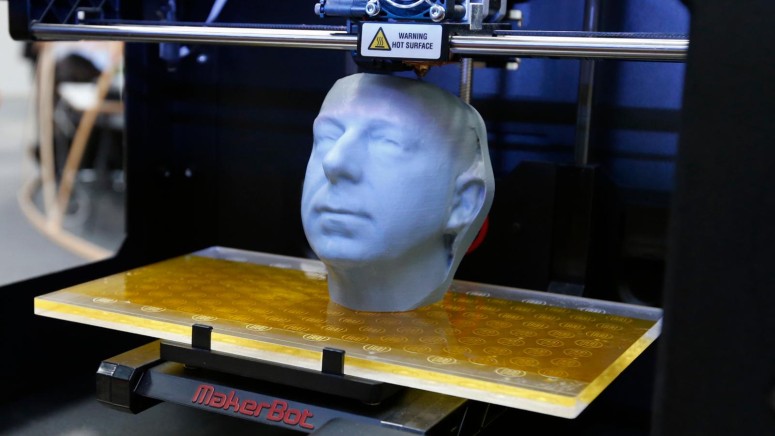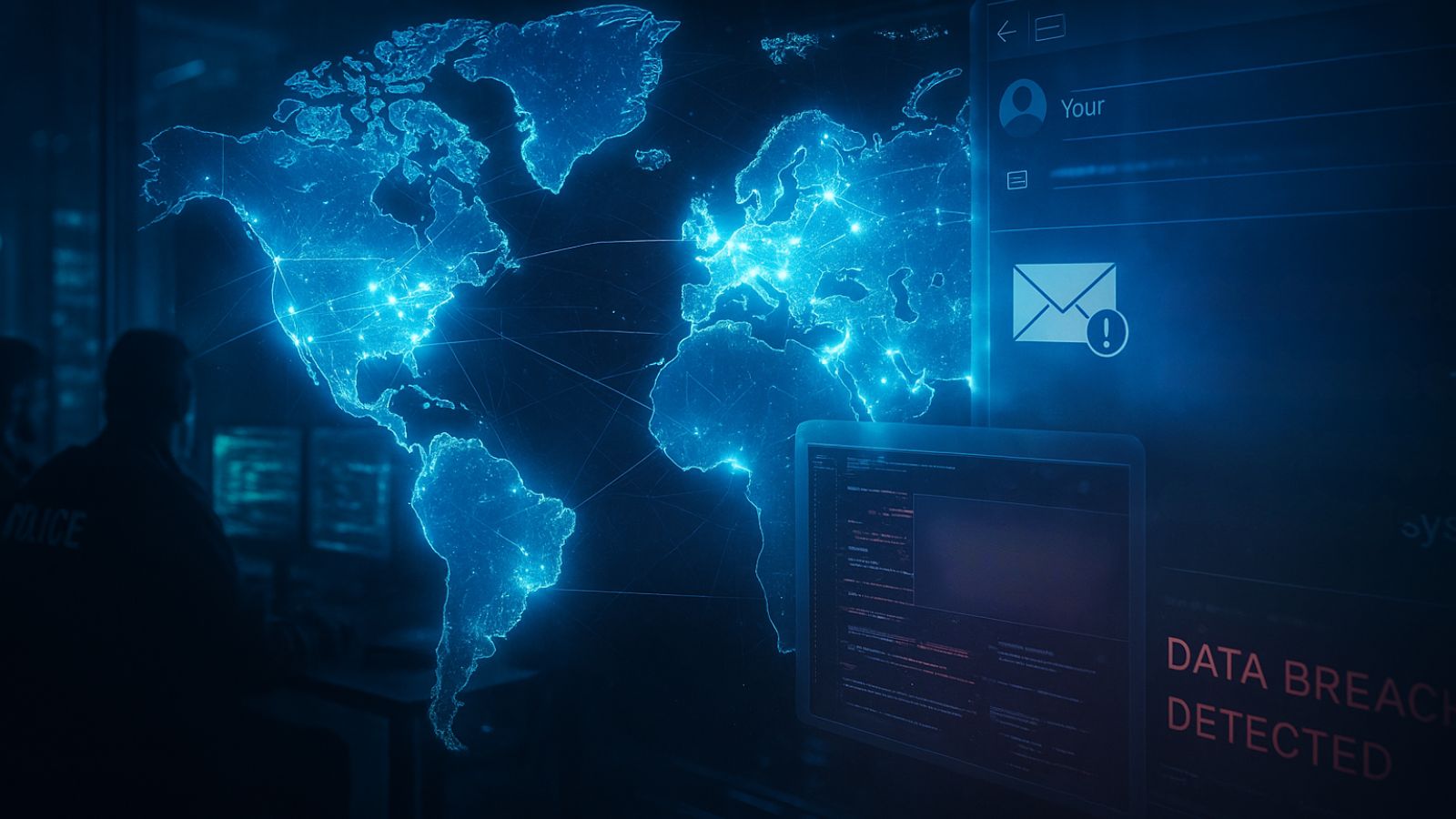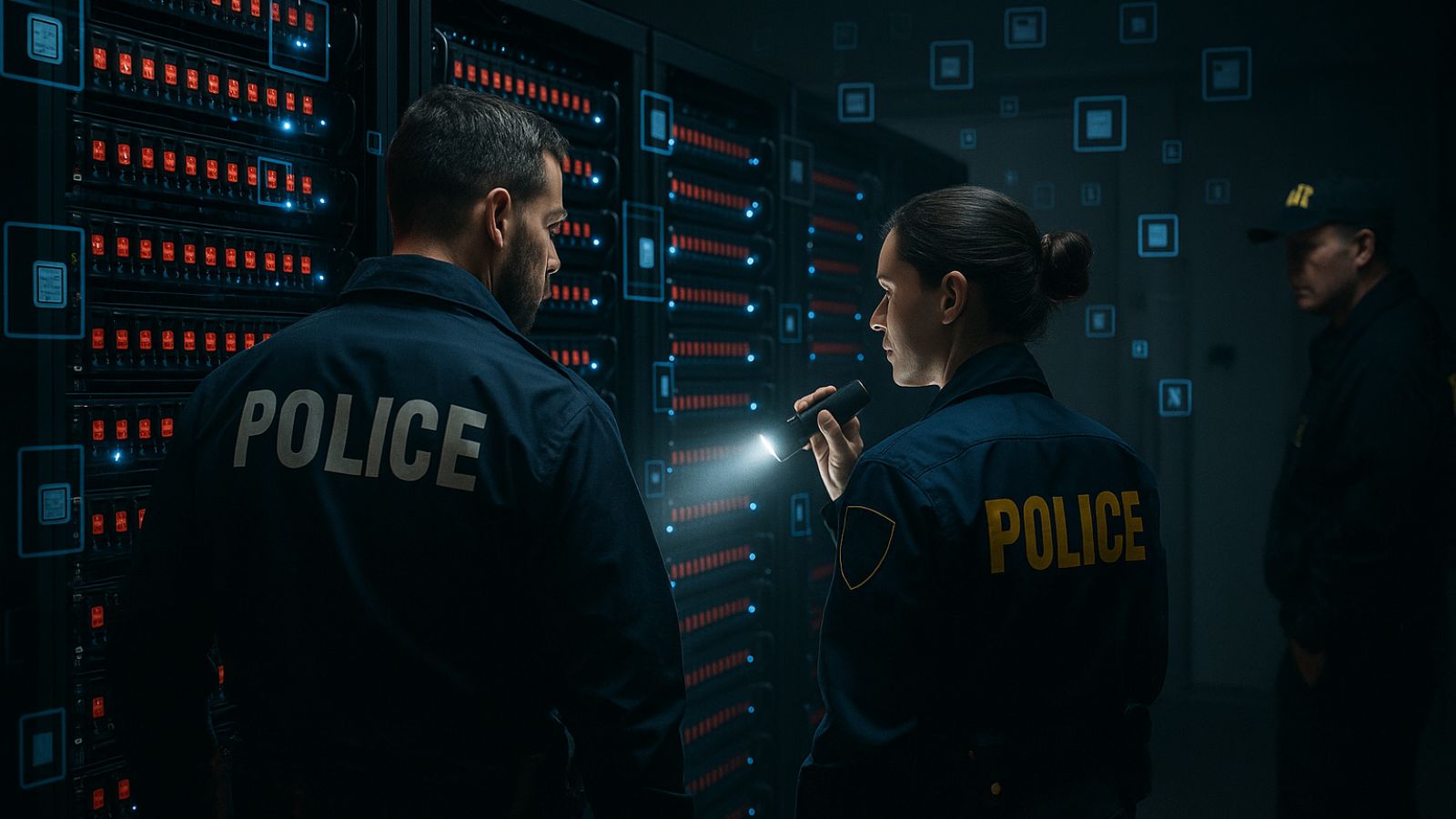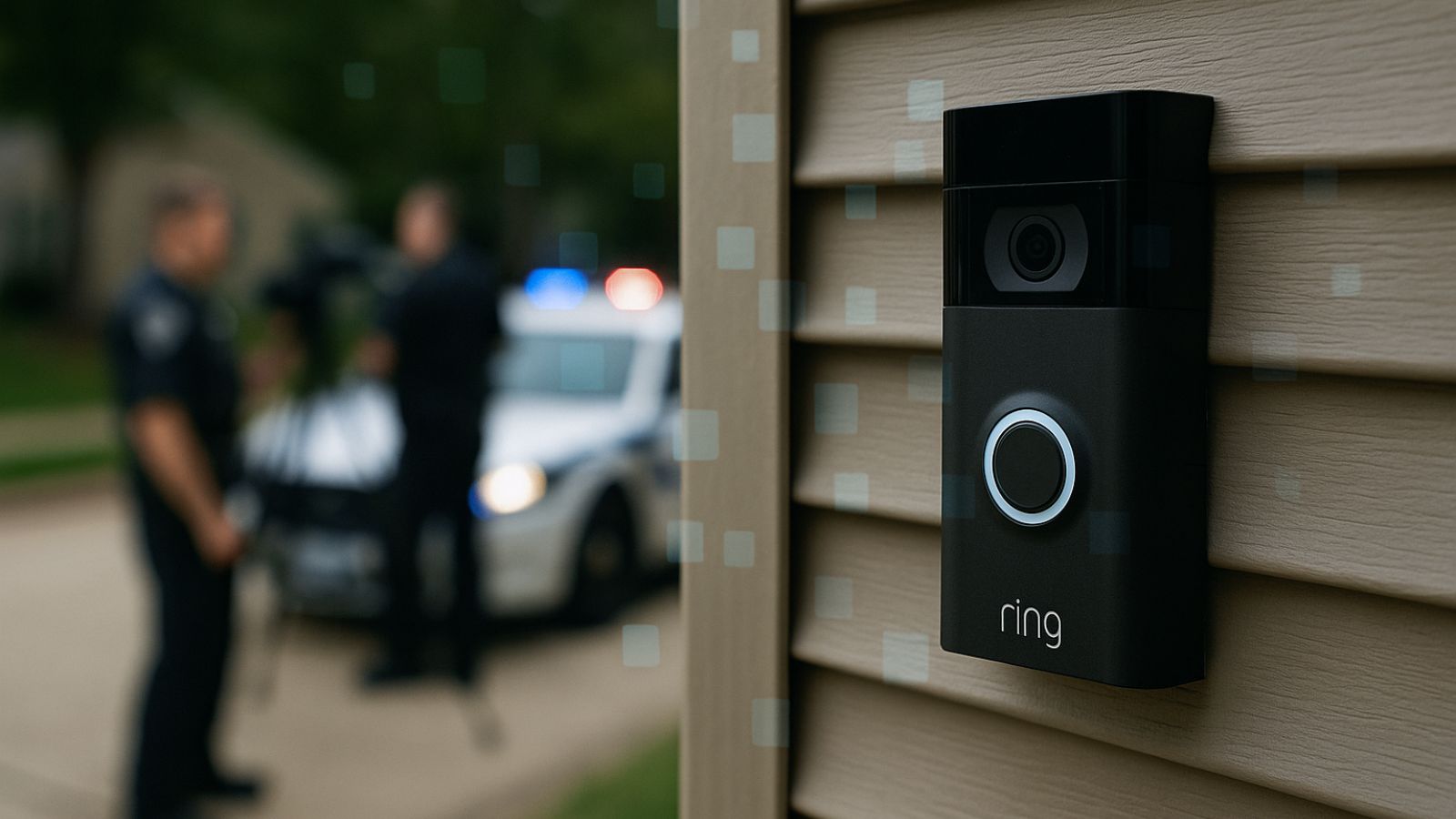
3D Printed Heads Show Ability to Unlock Most Smartphones Today
- 3D printed heads successfully unlock most Face-ID smartphones today
- Apple’s iPhone X is the only device to not to be fooled by the spoof heads
- Biometric authentication systems show a vulnerable aspect as they get more readily available
Face Unlock has become the latest trend in biometric authentication systems in smartphones, offering high levels of security and also comfort for the user. However, there have been some considerations concerning the security aspect of the whole idea, as unlocking a phone that utilizes face unlock systems is not limited to finding a doppelganger really.
As a Forbes reporter demonstrated, you can print a model of your head in a high-res 3D printer and successfully unlock most of the Face-ID phones that are currently available in the market. The reporter tested four Android models (LG G7, Samsung S9, Samsung Note 8, OnePlus 6) and an iPhone X, with only the latter refusing to unlock by the 3D printed head. So, long story short, a spoof 3D printed head can already trick almost all Face-ID systems used by smartphone manufacturers today, meaning that the police or hackers could potentially unlock your device if they wanted without you necessarily providing your consent.
Of course, to generate an adequately faithful copy of your head, you would need to use proper scanning methods. The Forbes reporter entered a 3D scanning studio consisting of 50 cameras that make up the scanning array, but this is not absolutely essential in order to get a “good enough” result though. 3D printing companies have shown that it’s possible to generate accurate models only from a couple of photographs that show a person from different angles, so it will just take a little bit more time and work to do it, but it’s still doable.
Simply put, Face-ID is not a reliable biometric authentication system, and most manufacturers don’t hide that fact. LG warns users that their Face-ID is meant to be used as a secondary unlock feature, and Samsung is even offering a “faster recognition” option that increases convenience in expense for security. Apple seems to be the only one to have incorporated more in-depth biometric elements in their tests, as they collaborated with a Hollywood studio to create realistic masks to test their Face ID during development.
As cameras become even more high-resolution, scanning techniques get optimized, and surveillance systems using face recognition algorithms, our biometric data are becoming more readily available to the police and hackers, so their value in securely authenticating ourselves gets significantly downgraded. Classic PINs and passwords are returning as the only reliable method to keep things locked away from others, while only asking a few moments of our time in return.
Are you using a Face-ID system? Are you comfortable on the security level offered by your device? Let us know in the comments below, and don’t forget to follow us on our socials at Facebook and Twitter for more news like this one.







